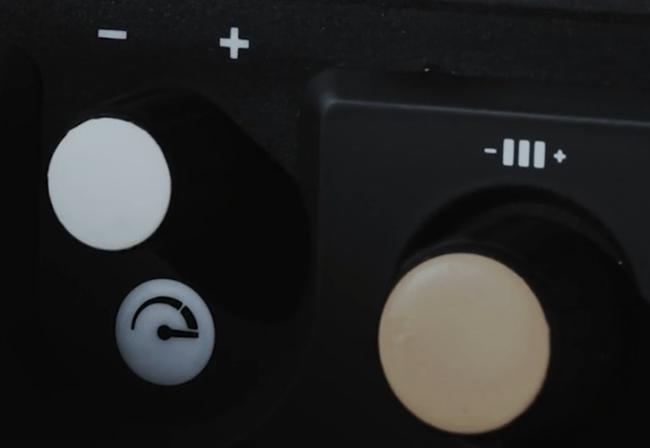Capacitive touch buttons are increasingly popular in consumer electronics, automotive, and industrial applications due to their durability, sensitivity, and ease of use. These buttons can be designed in a variety of shapes and sizes, and can be customized to suit the specific needs of the application.
In this article, we will explore the key considerations for successful capacitive touch button design, including sensor technology, layout, and materials.
Capacitive touch buttons work by detecting changes in capacitance, which occurs when a finger or conductive object approaches the surface of the button. There are two main types of sensor technology used in capacitive touch buttons: self-capacitive and mutual capacitive.
Self-capacitive sensors are simpler and less expensive, but they can only detect one touch at a time. Mutual capacitive sensors, on the other hand, can detect multiple touches simultaneously, making them ideal for multi-touch applications.
When designing a capacitive touch button, it's important to choose the right type of sensor technology to suit the needs of the application. Consider factors such as the number of touches required, the size of the button, and the level of sensitivity required.

The layout of a capacitive touch button is an important consideration. The size and shape of the button can affect its sensitivity and the ease with which it can be used.
When designing a touch button layout, consider the size and shape of the button in relation to the size of the finger or object that will be used to activate it. The button should be large enough to be easily activated, but not so large that it takes up too much space on the device.
It is also important to consider the placement of the button. Buttons that are too close together can be difficult to use, while buttons that are too far apart can be inconvenient.
The ideal placement will depend on the size and layout of the device, as well as the number and functions of the buttons required.
The materials used in the construction of a capacitive touch button can also affect its sensitivity and durability. The conductive layer of the button is typically made of indium tin oxide (ITO) while the dielectric layer is made of a non-conductive material such as glass or plastic.
When selecting materials for a touch button, consider factors such as the level of sensitivity required, the operating environment, and the level of wear and tear the button is likely to experience.
For example, in harsh environments, a more durable material may be required, while in more sensitive applications, a higher quality ITO material may be needed.